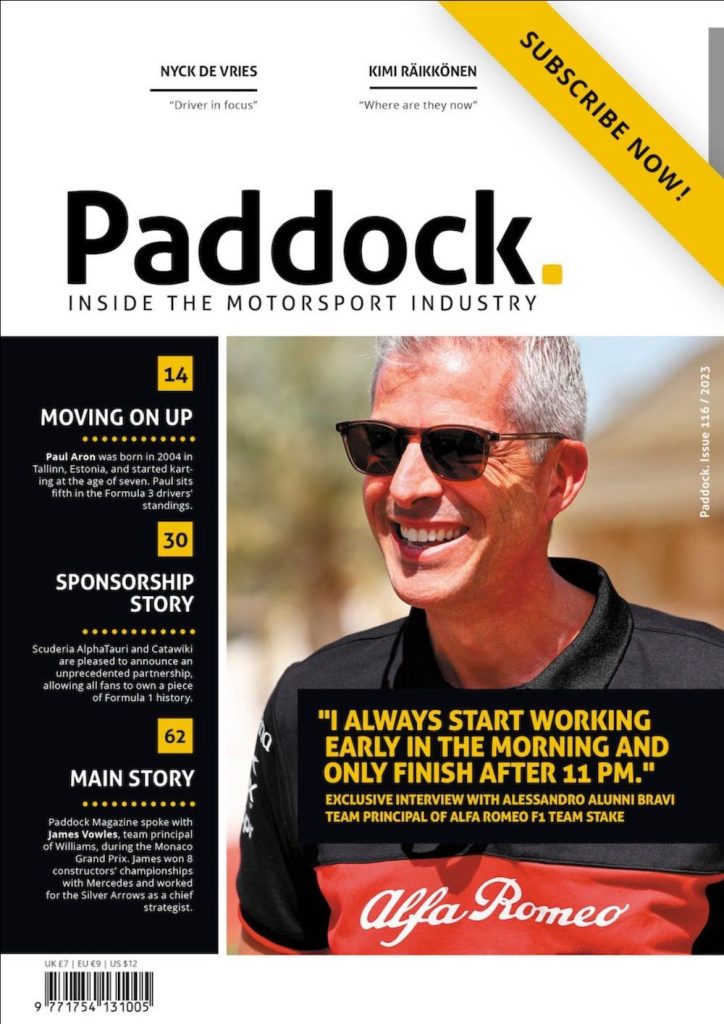By Brian Sims | We’ve all met them; sales-people who have the gift of the gab, believing that the more they talk to a potential customer, the more likely they are to do a deal. You see it in their face; busting a gut to say something, even when you’re only halfway towards explaining what you want. At the first opportunity, they’re at it again, demonstrating that they haven’t listened to a word you’ve been saying.
Click here to subscribe to our print edition!
Then they commit another major sin in the world of professional selling. They assume they know what you want, even though they never listened to your attempts to tell them. It’s no different in the world of sponsorship acquisition. Business colleagues tell me that first-time meetings with sponsorship seekers too often become monologues, not dialogues.
Instead of using the meeting to listen to some of the commercial issues and needs of the company in question, salespeople assume they know what will be good for that company and try selling sponsorship entitlements which, in reality, are of little or no relevance to the prospect. They wonder why they seldom generate any interest.
The first meeting with a prospect is critical to the success or failure of an approach to a company. There should be one primary purpose – to identify key business-development or marketing requirements of the company and secure a follow-up meeting at which you present a personalised proposal based on that information. If you listen to some of the issues or concerns that become apparent, you can start mentally matching some of your sponsorship’s capabilities to that information. Your conversation with the prospect should then encourage him/her to tell you how these suggestions might be implemented. The better you are at doing this, the more they will tell you. Listen and let the prospect do the talking!
There is nothing better than walking out of that second meeting with the prospect feeling that he hasn’t been sold to but has come to his own conclusions as to why it’s a good deal for the company.
It stands to reason that there’s a good chance of your subsequent proposal being successful if the prospect has confirmed the issues that are important to him and expressed interest in your suggested solutions to the issues he outlined. The onus is then on you to come up with an innovative proposal design based on the information you’ve gathered at that initial meeting and present in a dynamic way at the second meeting.
At that meeting, you still need to encourage the prospect to tell you how he/she might put some of your proposals into practice. By doing so, the prospect will commence the process that I always strive to create, whereby he is actually developing the sponsorship strategy himself. There is nothing better than walking out of that second meeting with the prospect feeling that he hasn’t been sold to but has come to his own conclusions as to why it’s a good deal for the company.
For example, the prospect has told you that a key issue for his soft drinks company is getting more people to sample the product range. You suggest that the innovative use of a display race car might be effectively used to increase footfall to in-store sampling promotions. You ask him how this might be implemented and what it might achieve. You should then shut up! I find that once the prospect starts thinking this through, he/she becomes quite enthused as to how successful it might be and often adds further suggestions to make it work even better.
What happens is that your ideas soon become his/her ideas and if you can do this a couple more times, before you know it, the question as to whether he agrees to the sponsorship becomes almost secondary. He’s effectively agreeing to it as he goes along. He is selling your ideas back to you. What could be better? The key to this style of selling is to use your ears at the first meeting and listen to how the prospect answers your questions. Keep encouraging the prospect to come up with solutions, guided by your suggestions. The majority of my deals have been achieved in this way. It can work for you if you persevere.






Related Articles